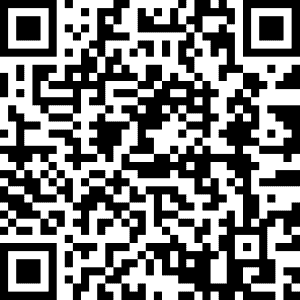The Leopold Museum’s exhibition “HAGENBUND. From Moderate to Radical Modernism”, the Leopold Museum is showing works by the most modern and radical Viennese artists’ association of its time. From its moderate modernist beginnings to its pioneering avant-garde achievements of the 1920s and 1930s.
At the beginning of the 20th century, Vienna was considered one of the most flourishing art centres in the world. However, there was a great deal of turmoil behind the aesthetically pleasing façade of the Vienna Künstlerhaus, Austria’s oldest artists’ association: conservatism, hostility to innovation and a lack of support for young talent were the reasons why artistic personalities left the leading Austrian artists’ association.
So it was that just three years after the founding of the Vienna Secession around Gustav Klimt, another counter-current to the conservative Künstlerhaus was formed in 1900 with the Hagenbund.
The Hagenbund as a showcase for young art
Alongside the avant-garde Secession and the tradition-bound Künstlerhaus, the Hagenbund established itself primarily as a platform for young, progressive and contemporary art. Revolutionary young artists such as Oskar Kokoschka, Anton Kolig and Egon Schiele found space to exhibit their works as guests in the Hagenbund’s exhibition areas. A scandal that even cost the Hagenbund its (rented) exhibition centre.
The Hagenbund was also more open and liberal towards female artists than the Secession or the Künstlerhaus.They were able to join the association in the form of “extraordinary” membership, albeit without voting rights.
A reflection of a chequered history
The existence of the Hagenbund from 1900 to 1938 and its stylistic development make it a reflection of a very eventful time.In the space of just four decades, it witnessed the outbreak of the First World War, the collapse of the monarchy, the proclamation of the First Republic and the Austrofascist corporative state, the labour movement, an economic crisis and, finally, the National Socialists’ seizure of power. All these historical and social upheavals found expression in the works of the artists of the Hagenbund.
Initially, the works of the Hagenbund artists were characterised by a tendency towards idyllic, neo-romanticised mood painting, but this was soon followed by various progressive trends. Impressionism and Symbolism, Expressionism and Cubism as well as socio-critical realism made the Hagenbund both famous and infamous as the “most radical group”.The Hagenbund did not have a uniform stylistic intention or even an artistic manifesto. A foreword to the catalogue of the 60th Hagenbund exhibition in 1930 states:
… it wants to be a community of living creators … it represents less a direction than a mindset … its present is always the future, its age youth, its memory outlook!
But it was precisely this cosmopolitan and forward-looking position that was to spell the end of the alliance. Its modern views and its large number of Jewish artists stood in stark contrast to the fascist developments of the time. In 1938, the artists’ association was finally dissolved by the National Socialists.Numerous members of the Hagenbund were expelled or died in concentration camps.The progressive and innovative spirit of the Hagenbund was thus horribly erased.
Audio guide to the exhibition “Hagenbund – From Moderate to Radical Modernism” at the Leopold Museum on your smartphone
You can also enjoy the Hagenbund exhibition at the Leopold Museum on your smartphone: Together with the Hearonymus app and the “Leopold Museum – Hagenbund” audio guide, the smartphone becomes an interactive guide to the exhibition.In 16 chapters, works by artists such as Georg Jung, Karl Mediz and Lilly Steiner illustrate the varied development of the radical artists’ group.
The app and audio guide can be downloaded to your smartphone in just a few clicks. The guide can be listened to indefinitely and without an internet connection. Whether at home or directly on site. The “Leopold Museum – Hagenbund” audio guide can be listened to anywhere, as often as you like.
The Hearonymus app is available free of charge in the App Store and Google Play Store.
 Download the audio guide directly in the Hearonymus app:
Download the audio guide directly in the Hearonymus app:
(Just open the link on your mobile phone)
Leopold Museum – Hagenbund
